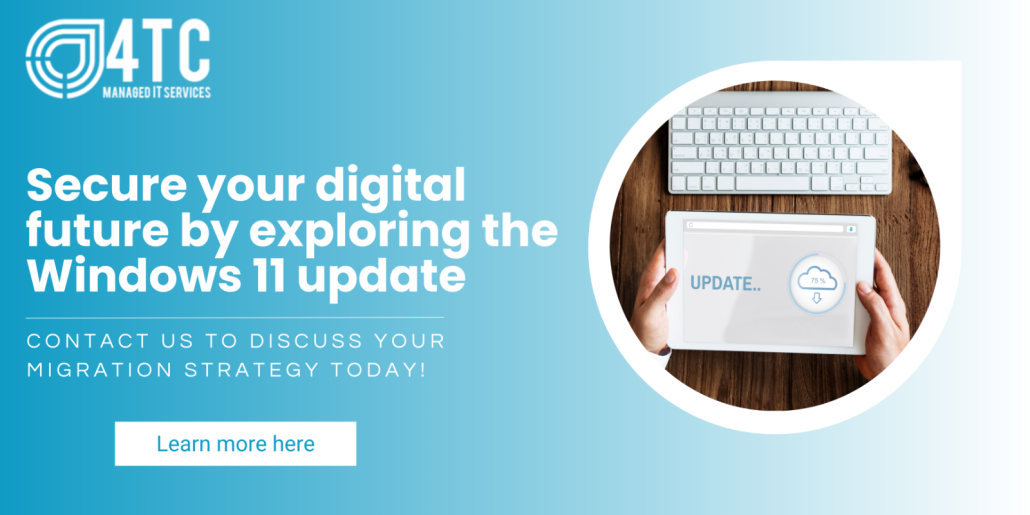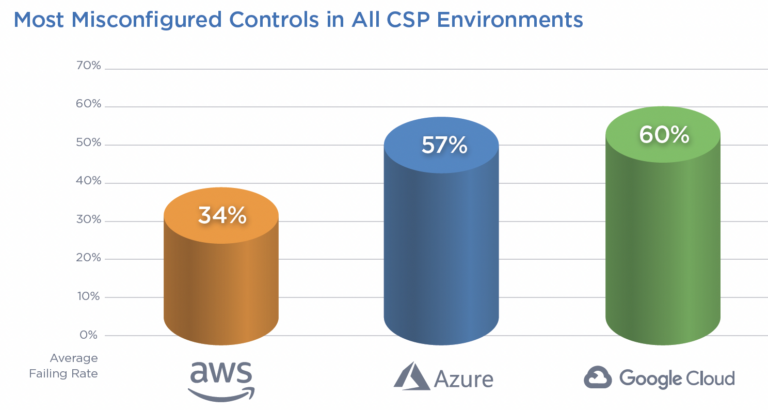Is Your Business Ready for The End of Support for Windows 10? Here’s What You Need to Know
Microsoft has announced that support for Windows 10 is going to stop before the end of 2025, which means that updates and security fixes will no longer be rolled out by default to business devices that still use this operating system (OS). If your business is still using Windows 10, don’t fret! In this blog we explore what this means for your business, some considerations around security, compliance and performance, and what next steps you can take forward.
Why Businesses Are Preparing to Move to Windows 11
All good things must come to an end, and the same is true for Windows 10. Like other previous operating systems like Windows Vista and 7, Windows 10 will eventually be put to rest in Microsoft’s graveyard of operating systems.
After the cut-off date in 2025, devices using Windows 10 will still work as you’d expect, but there are important consequences to the support cut-off that will become increasingly important for any business that sticks with this OS.
Because security and performance updates will cease to be released following the cut-off, devices will eventually become more vulnerable, unreliable and prone to performance issues over time. With this also being public knowledge, cyber criminals will be poised to try to take advantage of this support cut-off too.
Over time, other software and hardware providers will also stop developing and configuring their products to work with Windows 10 which will gradually increase compatibility issues over time for devices still using this OS.
As you’ll likely know, Window’s 11 is out and will be in support for the foreseeable future. Eventually, every business will need to make the switch to it, so what’s in store?
Windows 11: What’s New
Released 2 years ago, Windows 11 offers several new features including design changes and enhanced performance compared to Windows 10. Much of the changes are design based, featuring a more apple-esque appearance on its menus, the desktop taskbar is integrated with Microsoft 365 tools, particularly teams, and there are improved widgets and snap-layouts that are designed to make multi-tasking easier.
Is There a Way to Keep Using Microsoft 10 Safely?
Yes! Microsoft offers ESUs (Extended Security Update) products for old OSes, usually for roughly around 5 years after their initial cut-off point like the one we’re discussing here. However, these can be quite expensive to purchase for every device, and it is a yearly cost.
What Are the Risks of Sticking With Microsoft 10?
There are a number of reasons why sticking with Microsoft 10 can be risky and sub-optimal for your business, especially if you do not get purchase ESUs. They include:
· Windows 10 will receive less focus from developers, even as we approach the 2025 cut-off
· Businesses will miss out on updates and new features from Microsoft, which will become increasingly exclusive to Windows 11
· The cyber security risks of unsupported Windows 10 devices can lead to financial, reputational and operational losses if a cyber threat causes harm.
· Alongside general cyber security risks, businesses operating unsupported Windows 10 devices may also put their compliance at risk, as they may be seen as not taking reasonable measures to ensure the integrity of sensitive data for example.
What Should My Business Do?
We would ultimately recommend switching to Windows 11, and doing so well ahead of the support cut-off point in 2025. Windows 11 is a free upgrade on Windows 10 devices now, but for some organisations it will be important to plan the change, to make sure the transition is seamless and avoids causing inadvertent disruption.
We will explore making the transition to Windows 11 in our next article to offer some guidance for your business, stay tuned! If you’d like insights and advice tailored to your situation, you can also get in touch and we’ll be glad to help you.
We Are 4TC Managed IT Services
4TC can support you with all the services you need to run your business effectively, from email and domain hosting to fully managing your whole IT infrastructure. Setting up a great IT infrastructure is just the first step. Keeping it up-to-date, safe and performing at its peak requires consistent attention.
We can act as either your IT department or to supplement an existing IT department. We pride ourselves in developing long-term relationships that add value to your business, with high quality managed support, expert strategic advice, and professional project management. Get assistance with your IT challenges today by getting in touch, we’ll be glad to assist you!







